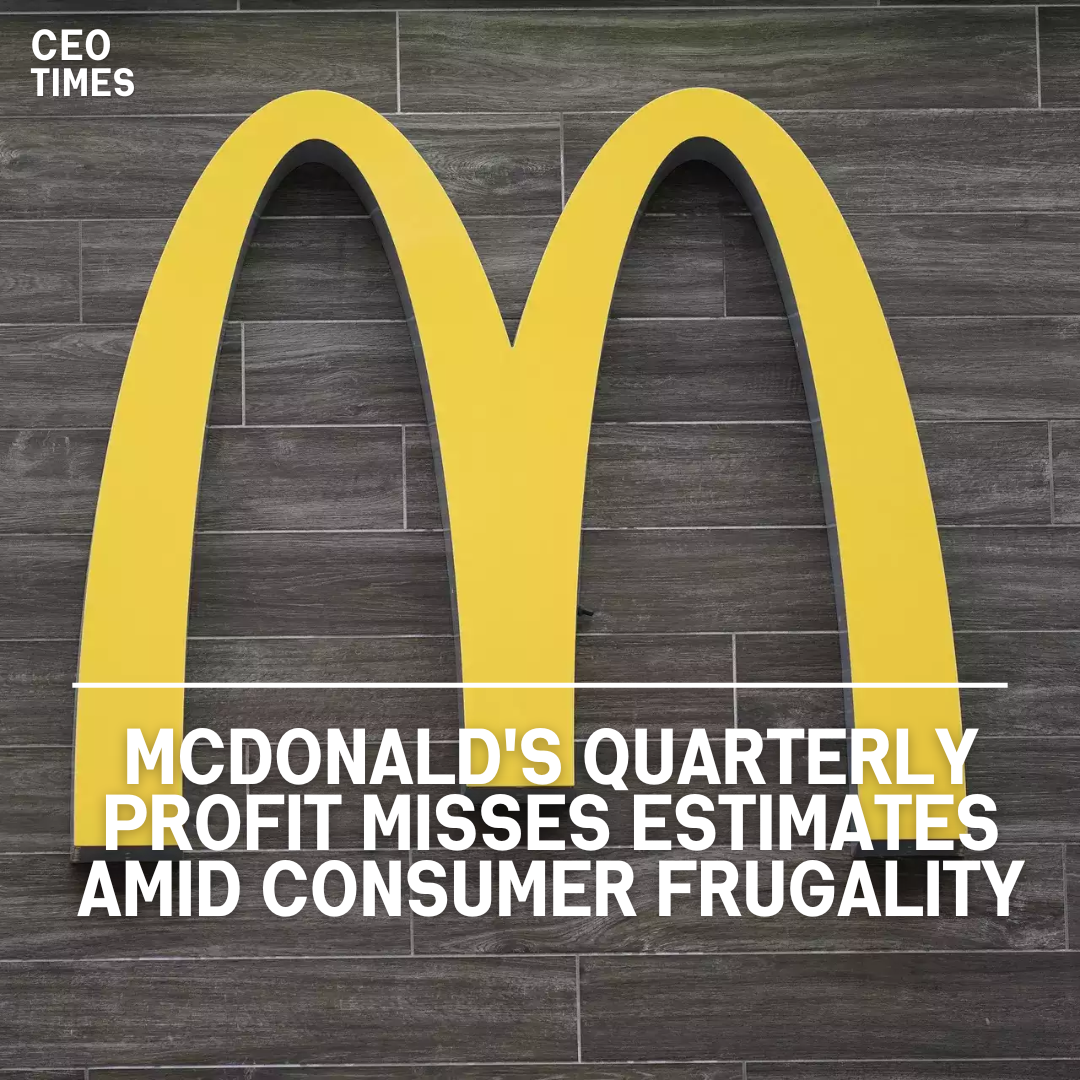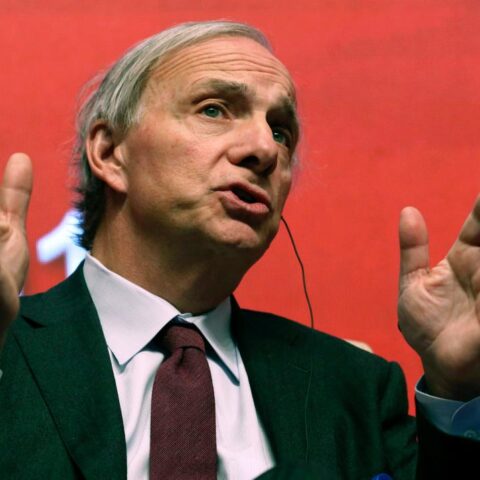McDonald’s faced a setback in its quarterly profit performance, reflecting shifting consumer spending patterns and geopolitical challenges. Here’s a breakdown of the key aspects influencing the fast-food giant’s financial results:
Decline in Global Comparable Sales Growth:
McDonald’s experienced a decline in global comparable sales growth for the fourth consecutive quarter, with growth slowing to 1.9%, below analysts’ expectations. Consumers are evolving more discerning in their spending habits, leading to a more modest increase in sales.
Impact of Rising Costs and Price Adjustments:
The company responded to rising costs of raw materials, such as eggs, by implementing mid- to high-single-digit percentage price increases over the past year. However, this strategy has not fully offset the impact of inflationary pressures, particularly for lower-income consumers.
Comparable sales from McDonald’s international licensees declined by 0.2%, driven by headwinds in regions affected by the Middle East conflict and economic sluggishness in China. Despite positive performance in Japan, Latin America, and Europe, overall international sales fell short of expectations.
Influence of Middle East Conflict on Sales Performance:
The Middle East conflict significantly impacted McDonald’s international sales, as noted by the company’s CFO. Protests and boycott campaigns against Western brands in the region, coupled with associated misinformation, contributed to the decline in sales and consumer sentiment.
Contrasting Results with Other Fast Food Chains:
McDonald’s results contrasted with those of other fast-food chains, such as Burger King-owner Restaurant Brands International and Domino’s Pizza, which reported better-than-expected quarterly results. These discrepancies highlight the unique challenges faced by McDonald’s in the current market environment.
U.S. Market Dynamics and Profit Figures:
In the United States, McDonald’s saw a slowdown in same-store sales growth to 2.5%, reflecting cautious consumer spending amidst ongoing inflationary pressures. Adjusted per-share profit fell slightly below estimates, while total operating costs and expenses increased by 2%.
Share Performance and Outlook:
McDonald’s shares experienced marginal declines in premarket trading, reflecting investor concerns over the company’s performance.
Despite challenges, McDonald’s remains focused on navigating the evolving market landscape and driving sustainable growth in the future.




















